Email:
sales@hypersolidmetal.comWhatsapp:
8613592098266
Email:
sales@hypersolidmetal.comWhatsapp:
8613592098266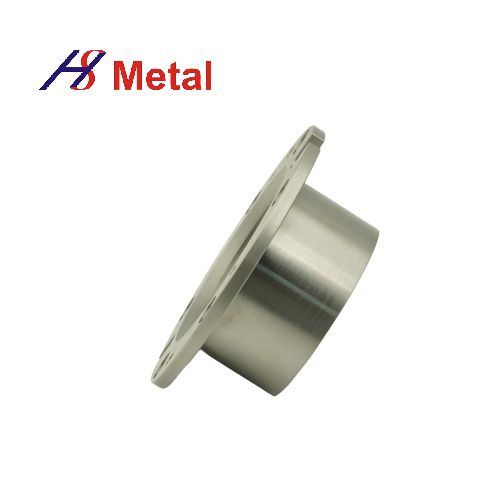
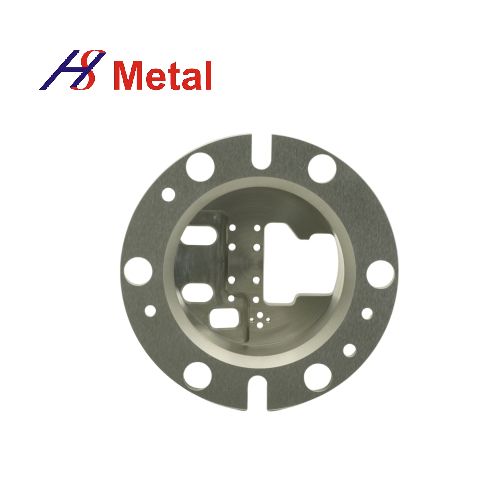
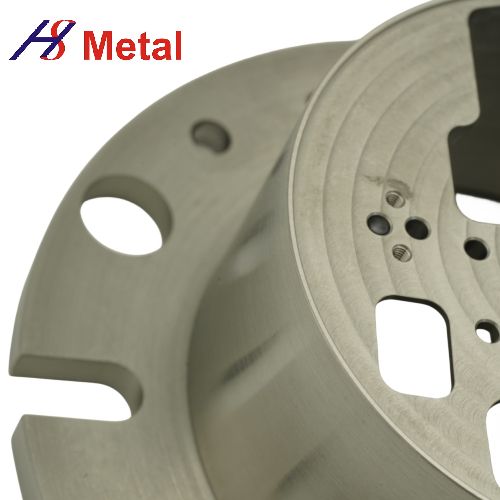
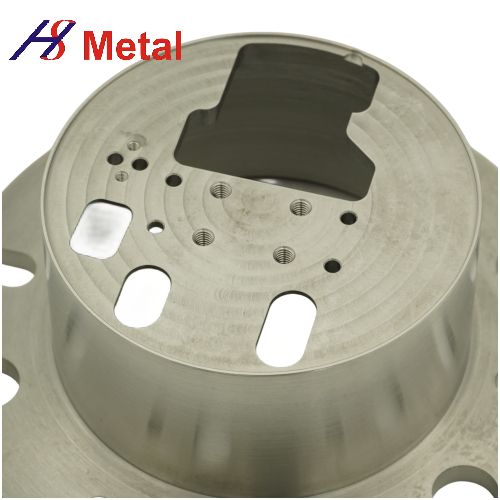

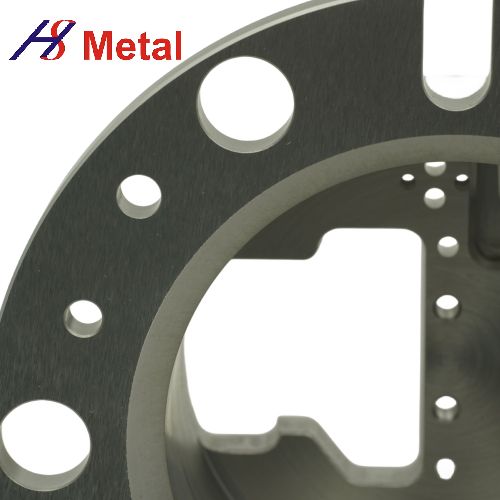
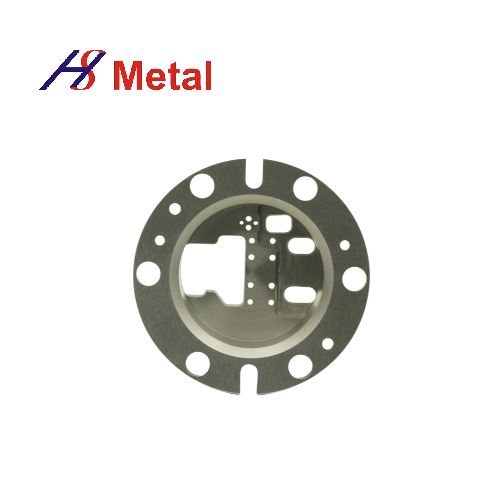

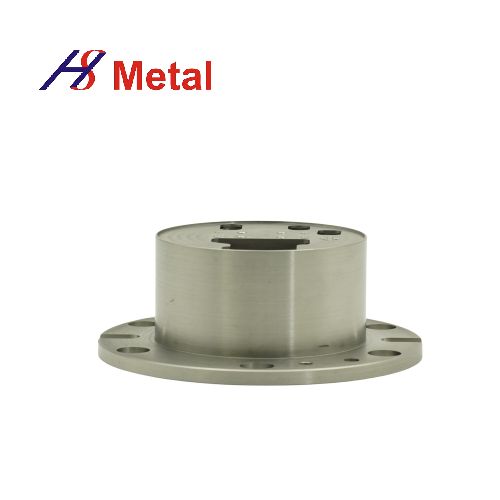
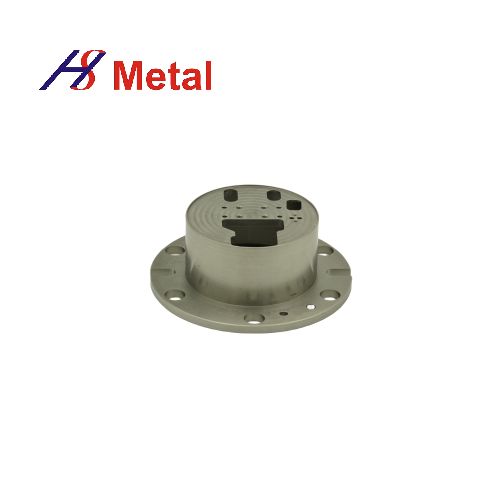
| Physical Property | Description |
|---|---|
| Coating Composition | Pure tungsten film |
| Density | 19.3 g/cm³ |
| Melting Point | 3,422°C (6,192°F) |
| Hardness | 7.5-7.6 (Mohs hardness) |
| Thermal Conductivity | 173 W/m·K |
| Specific Heat Capacity | 0.134 J/g·K |
| Linear Expansion Coefficient | 4.5 x 10^-6 /K |
| Electrical Resistivity | 5.6 x 10^-8 Ω·m (at 20°C) |
| Corrosion Resistance | Exhibits good resistance to acids, alkalis, and solvents |
Here is the translation of the physical properties of WVM (tungsten-vacuum-metallizing):
Coating Composition: The WVM coating is composed of pure tungsten film, formed on the substrate through vacuum metallization process.
Density: Tungsten has a density of approximately 19.3 grams per cubic centimeter (g/cm³).
Melting Point: Tungsten has an exceptionally high melting point of about 3,422°C (6,192°F). This enables the WVM coating to remain stable in high-temperature environments.
Hardness: Tungsten exhibits high hardness and is considered one of the hard materials. Its hardness value is approximately 7.5-7.6 on the Mohs scale.
Thermal Conductivity: Tungsten has a relatively high thermal conductivity of around 173 watts per meter-kelvin (W/m·K). This enables the WVM coating to exhibit good thermal conductivity.
Specific Heat Capacity: The specific heat capacity of tungsten is approximately 0.134 joules per gram-kelvin (J/g·K).
Linear Expansion Coefficient: The linear expansion coefficient of tungsten is approximately 4.5 x 10^-6 per kelvin (K).
Electrical Resistivity: Tungsten has an electrical resistivity of approximately 5.6 x 10^-8 ohm-meters (Ω·m) at 20°C.
Corrosion Resistance: Tungsten demonstrates good resistance to corrosion in typical environments and exhibits good resistance to most acids, alkalis, and solvents.
Please note that these values are provided for reference purposes, and actual values may slightly vary depending on the preparation method of the WVM coating and the purity of the materials used.

WVM (tungsten-vacuum-metallizing) finds wide-ranging applications in various fields. Here are some common applications of WVM:
Optics: WVM is utilized as an optical coating for manufacturing reflective mirrors, lenses, and filters, among other optical components. Its high melting point and resistance to high temperatures make it suitable for high-power laser systems and other optical applications.
Electronics Industry: WVM is extensively used in the manufacturing of electronic devices. It serves as a protective layer for electronic packaging, providing excellent thermal conductivity and corrosion resistance. Additionally, WVM is employed in the production of semiconductor devices, integrated circuits, and displays.
Automotive Industry: WVM is commonly employed in the automotive sector, particularly in the fabrication of metalized plastic components for headlights and taillights. It offers high-temperature resistance, weatherability, and good optical reflection properties.
Medical Field: WVM plays a vital role in medical equipment manufacturing. It is used in the production of medical instruments, surgical tools, and diagnostic devices, providing corrosion resistance, high-temperature stability, and biocompatibility.
Aerospace Industry: Due to its high-temperature stability and corrosion resistance, WVM finds extensive applications in the aerospace field. It is used in the manufacturing of thermal control components, heat-conductive structures, and metallized ceramic parts for spacecraft.
Home Decor: WVM is also utilized in the realm of home decoration. It can be employed to manufacture furniture, decorative items, and lighting fixtures with a metallic appearance, imparting them a high-quality feel and durability.
These are just a few examples of the applications of WVM, and with advancing technologies and innovations, the application scope of WVM continues to expand and evolve.